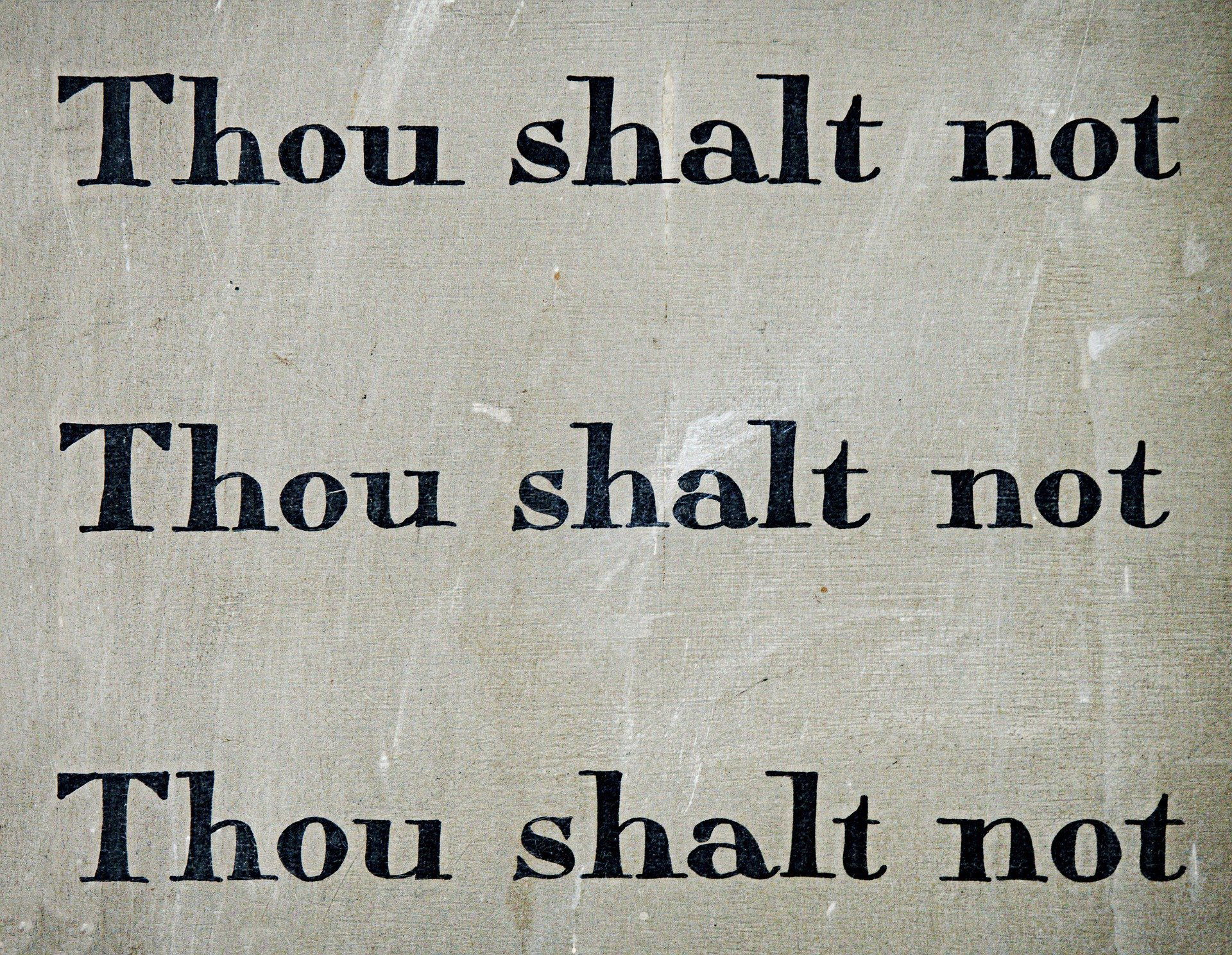What is disposition without value?

Dispositions without value
A disposition of property not made for value may be set aside by the court.1 If the disposition took place more than two years before the sequestration of the insolvent's estate, the trustee will have to prove that immediately after the disposition was made the liabilities of the insolvent exceeded his assets. Where, however, the trustee seeks to set aside a disposition made within two years of the sequestration of the insolvent's estate, he will succeed unless the person benefited by the disposition proves that immediately after the disposition was made the assets of the insolvent exceeded his liabilities.
Where the disposition has neither been completed nor set aside in terms of section 26(1) of the Act, the beneficiary concerned can compete for an amount not exceeding the amount with which the insolvent's assets, immediately preceding the disposition, exceeded his liabilities, provided, however, that the disposition arose by way of suretyship, guarantee or indemnity.
The person who benefits from the disposition does not necessarily need to be the same person to whom the disposition was made.4 "Value" has no technical meaning and should be interpreted in the ordinary sense of the word, namely without reasonable value or for insufficient value.5 It was also described as the price that the property disposed of will demand in the market though it is not necessarily monetary value.6 Value could even include the financial stability of a group of companies.
Section 27 of the Act, however, protects an immediate benefit under a duly registered antenuptial contract against claims based on the abovementioned section 26 if it is given in good faith within three months from the date of marriage, by a husband to his wife, or to a child born out of their marriage provided that the husband's estate is not sequestrated within two years of the date of registration of the antenuptial contract.


